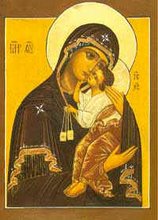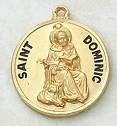To take a complete view of the European Church, we must begin to look at ancient Greece and Rome, the two major centers of European Christianity in the beginning of the Christian Era.
Up until the middle of the First Century B.C. spiritual and secular leadership was kept separate in the Roman Empire. Of course, there was a senate to lead the nation politically and a small group of priests called pontiffs who lead the nation in their spiritual life. At the head of the group of pontiffs was a supreme pontiff, called the Pontiffus Maximus. When Julius Ceasar took the reins of the Roman state and turned it into an empire he also assumed the title of Pontiffus Maximus and was the officiator of sacrifices in the Temple of Jupiter. After he died Ceasar Augustus became the Pontiffus Maximus, and the state religion never again separated from politics of the state. The story of the conversion of Constantine is well known and frequently looked at with skepticism, but I maintain it is true. Under the sign of the cross (and the blessings of the Lord), he defeated his rival in battle and became the sole emperor of Rome.
Constantine was also the Pontiffus Maximus. He was the head priest of all state religions, including Christianity. Up until this point the undisputed head of the Church was the bishop in Rome. Constantine legalized the practice of the Christian faith after converting to Christ, but he did not completely shake off all vestiges of Paganism. With over three hundred years of religious tradition telling Constantine he was the head of the Church, it was not an easy idea to get rid of and he refused to submit to the Roman Bishop. Constantine always considered himself the head of the Church, and equal to the Apostles.
During his reign, Constantine moved the capital of the Roman Empire to Byzantium, a small city on the banks of the Bosphorus, but he took this idea with him that he was the proper head of the Christian Church.
Sunday, October 7, 2007
Subscribe to:
Comments (Atom)




